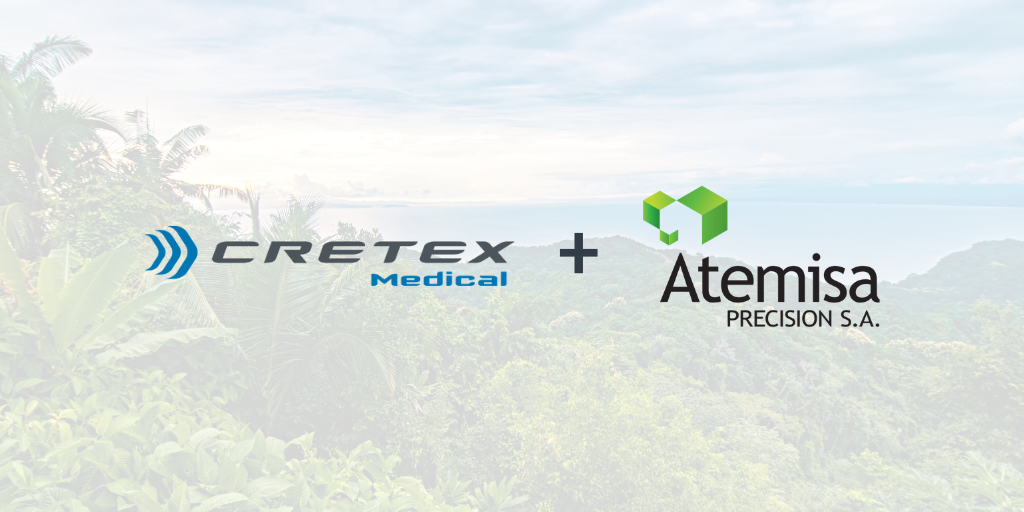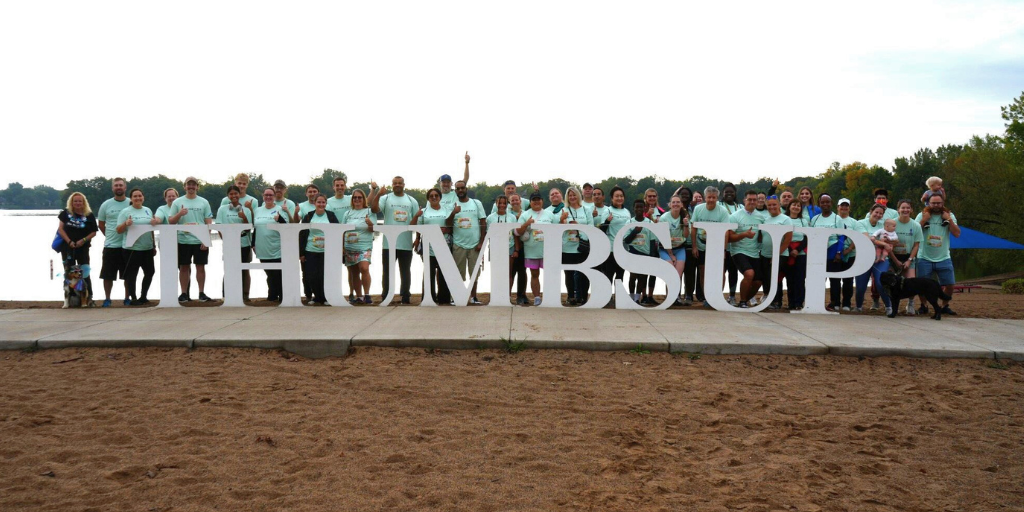Technology Trends for Structural Heart Solutions — A Medtech Makers Q&A
Replacing heart valves has become a more successful medical procedure thanks to the devices used to perform it.
by Sean Fenske, MPO Editor-in-Chief | June 12, 2024
Cretex Medical | CDT General Manager Laser Processing, Jeremy Glynn, and Cretex Medical Market Development Director Interventional, Mark Goemer, were featured in MPO Magazine.
The heart could be considered one of the most important organs in the human body. Its valves, however, help keep things flowing through it in proper order. As such, any type of failure with a heart valve can lead to significant health concerns. This has led to the development of innovation to deliver and implant replacement valves when necessary.
This market, referred to as structural heart, continues to see innovative solutions come to market. While the device firms behind these technologies gain attention for their development successes, they maintain close relationships with contract manufacturing partners who help them achieve these clinical wins.
One such supply chain partner that continues to aid companies in the development and manufacture of structural heart solutions is Cretex Medical. In the following Q&A, Jeremy Glynn, general manager of Laser Processing, and Mark Goemer, market development director of Interventional, share insights on what designers need to consider before embarking on their next structural heart project.
Sean Fenske: What types of devices encompass structural heart?
Jeremy Glynn: Heart valve implant replacement and repair procedures drive the market for the structural heart market. You can view them as four groups:
- TAVI/TAVR: Aortic valve implants and replacements comprised most of the market initially because transcatheter navigation to that valve is less challenging to access than other valves.
- TMVR: With advancements in technique and technology, mitral valve procedures via transcatheter delivery are becoming more prevalent.
- TTVR: Most recently, tricuspid valve procedures have emerged.
- LAA and PFO: Novel devices are serving the market for left atrial appendage procedures as well as devices designed for patent foramen ovale closure procedures.
Fenske: What are the latest trends in structural heart? Where is the growth for this sector?
Glynn: With every successful outcome of a transcatheter aortic valve replacement procedure comes more optimism around the market for all transcatheter procedures. What we've heard from customers is a desire to expand device offerings by developing solutions for adjacent procedures such as mitral and tricuspid valves. This is where we expect the next wave of growth in the market to originate.
As you can imagine, as the risk shrinks, the procedure techniques improve, and the devices become more agile and robust, the patient profile widens. Growth in the population of people who can safely endure these procedures should drive greater demand.

Fenske: In terms of the development of a replacement valve, how does the contract manufacturer help ensure proper placement?
Glynn: There are two key elements of a replacement valve system. First is the valve itself, which is the long-term implant that must be designed to withstand the continuous rhythm of the heart while not obstructing blood flow, and not creating opportunities for blood to pool or cause a clot. The OEMs that lead in this space are often deeply rooted in the designs of these valves as this is their proprietary domain.
The other element is the delivery system. It is with this portion contract manufacturers can help with the material selection, best manufacturing process, and system design for manufacturability. Selecting a contract manufacturer that has diverse capabilities can have valuable impacts to achieve design intent as well as cost expectations.
Systems must be designed and built to navigate the vasculature, deliver a valve to a precise location, detach the valve, and retreat. The selection of materials and manufacturing processes provide different benefits to each device, such as:
- Basic extruded polymer tube
- Tube reinforced via a braid or coil
- Laser-cut pattern from a hypotube
- A combination of these elements
It is vital device designers can partner closely with a manufacturer that understands these different processes so it can provide critical input on such design options.
Fenske: What innovations are having a big impact on the structural heart implant market?
Glynn: There is a lot of energy and investment around designing with nitinol. Nitinol is a shape-memory alloy made of nickel and titanium with excellent fatigue properties. The ability to be inserted through a blood vessel as a straight piece of metal, and then reshaped upon reaching its destination makes it very valuable to the most recent implant designs.
Fenske: Are there particular considerations that must be kept in mind when working with nitinol?
Glynn: Working with nitinol requires expertise in all the downstream processes and knowledge of how they impact the final output. Since the material needs to change shape and that change must be triggered by a specifically designed catalyst or event, every design and production choice impacts every other.
For example, with a laser-cut hypotube, the designer needs to consider not only the starting materials and cutting geometry but also how processes like shape setting, etching, and electropolishing impact the material. An unintended change at any one step can have compounding impacts at each following step.
Fenske: What considerations are a factor in the development phase for optimal delivery of the valve to the heart?
Mark Goemer: The most important factor in procedure success is the precise placement of the valve. That requires a delivery system that enables controlled elongation and compression. A system manufactured with a laser-cut hypotube optimizes valve delivery and placement. In the design process, we invite customers into our development center so we can create a variety of device iterations. This allows us to collaborate quickly and successfully to develop a product that perfectly fits their needs.

Fenske: Given the trends in this sector, how important is it to work with a service provider that can scale to the increasing needs of this technology?
Goemer: What you usually find in our industry is some companies excel at rapid prototyping while other companies excel at high-volume manufacturing. At Cretex Medical, we're able to do both at a high level. Our unique ownership structure (private, family-owned for more than 100 years) allows us to make the kinds of strategic investments other companies can't. That means we have the expertise and flexibility to work closely with clients to perfect prototypes, and then quickly scale up to hit production targets. We strive to be the right company no matter where you're at in the product development cycle.



